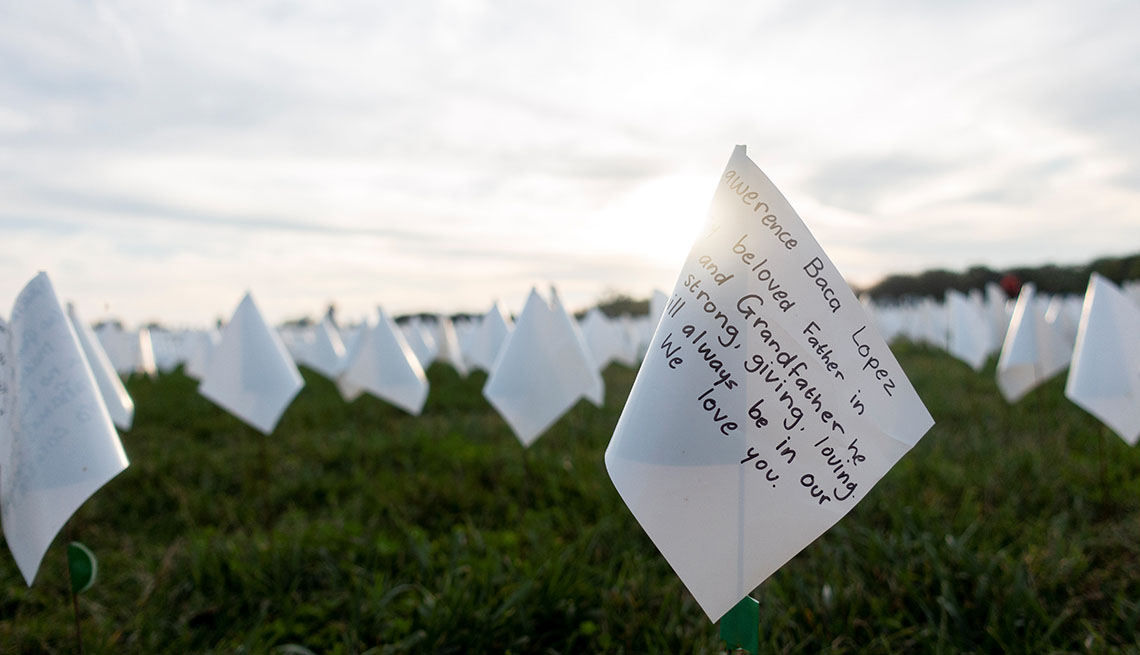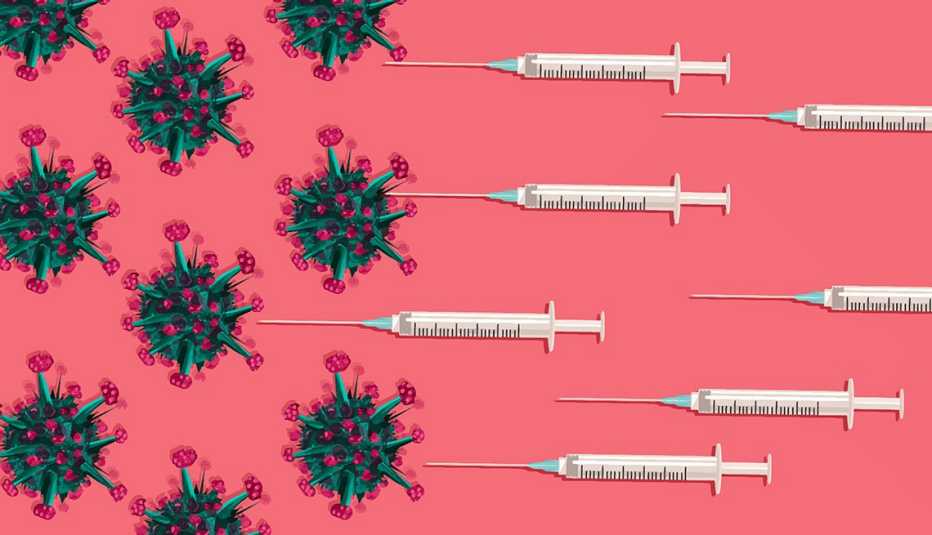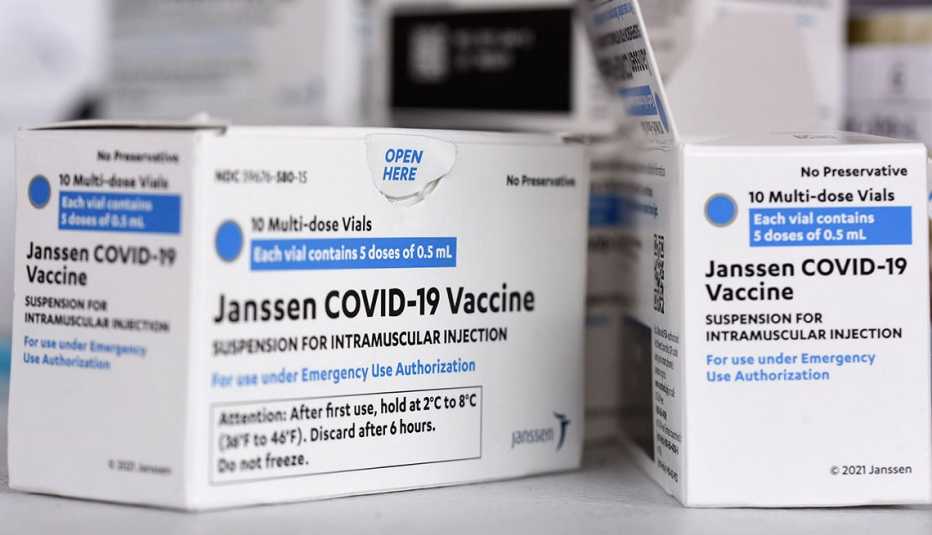Staying Fit
“I remember it like it was yesterday,” James Gasperino, M.D., says of a grim night in March 2020, just weeks after the first case of COVID-19 was identified in the U.S.
Critically ill patients flooded the Brooklyn Hospital Center, where he works, coming in one after another. “And the extremes of respiratory failure were so much more than I had ever seen,” recalls Gasperino, the hospital’s chair of the Department of Medicine, associate chief medical officer and chief of critical care services. “I’m saying to myself, ‘If this doesn’t plateau, we’re going to be overrun.’”


AARP Membership— $12 for your first year when you sign up for Automatic Renewal
Get instant access to members-only products and hundreds of discounts, a free second membership, and a subscription to AARP the Magazine.
The first wave of the coronavirus outbreak did eventually plateau in New York and elsewhere that spring, but only after more than 100,000 Americans lost their lives to COVID-19. Two years and several waves later, 900,000 more have been added to that tally, for a total of 1 million — roughly the population of San Jose, California, the country’s 10th-largest city.
That’s 1 million “empty chairs around the dinner table,” President Joe Biden said in a statement recognizing the once-unthinkable figure. “Each leaving behind a family, a community, and a Nation forever changed because of this pandemic.”
Indeed, another heartbreaking number accompanies this tragic milestone: 9 million. That’s how many Americans have lost a grandparent, parent, sibling, spouse or child to COVID-19, researchers estimate.
COVID-19 proves deadliest for older adults
While people of all ages have perished from COVID-19, the vast majority of deaths have been among America’s older population. Adults 65 and older make up about 75 percent of COVID-19 deaths. Add 50- to 64-year-olds, and the percentage shoots up to 92.8.
People living and working in nursing homes and long-term care centers have been hit especially hard by the disease, known to attack the lungs and other organs in the body. More than 200,000 residents and staff members in these facilities have died from COVID-19, federal data shows. This number makes up over 20 percent of all COVID-19 deaths in the U.S., though at one point the share was closer to half, the Kaiser Family Foundation reports.
Data collected throughout the pandemic highlights other vulnerable groups, as well. More men than women have succumbed to a coronavirus infection, and people with common medical conditions like obesity, diabetes and cardiovascular disease have died at higher rates than their peers. What’s more, Blacks, Hispanics and American Indian/Alaska Natives have shouldered a disproportionate burden of deaths from the disease, as have communities with higher levels of poverty.





































































